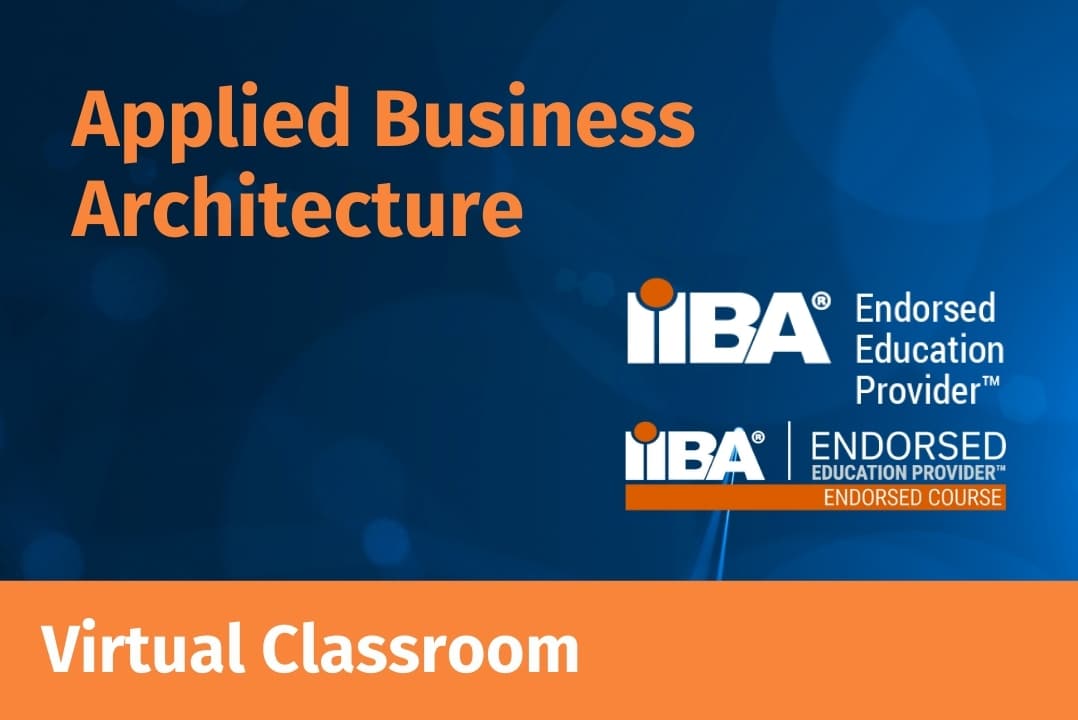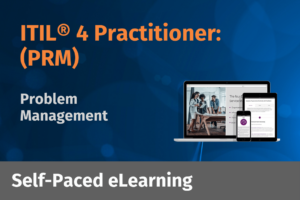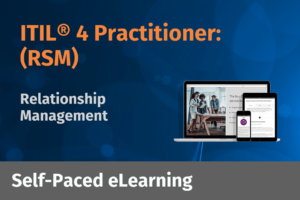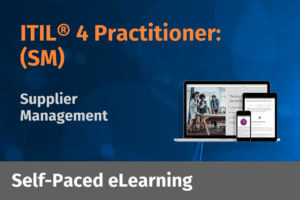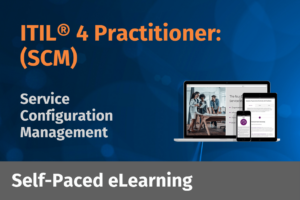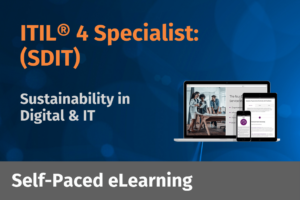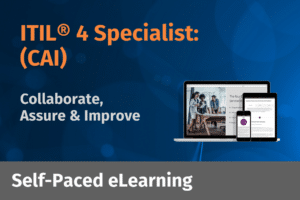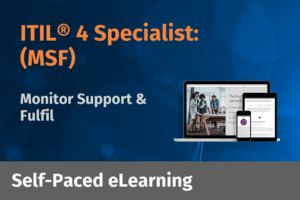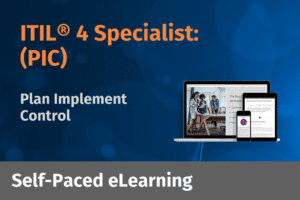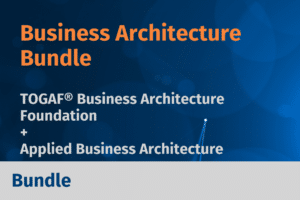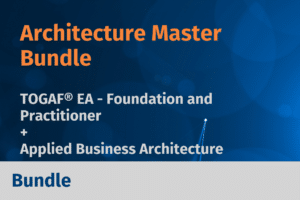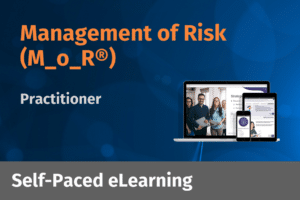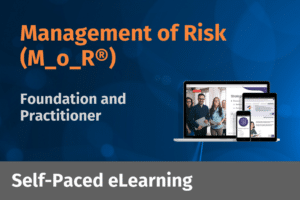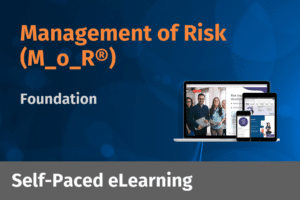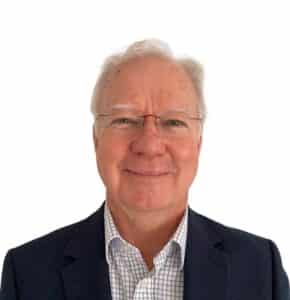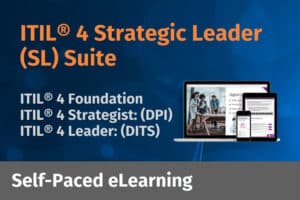Understanding the layers of a business and how they interconnect is crucial for driving success. A business architecture framework provides the structured approach needed to navigate these complexities. By offering a blueprint, it enables organisations to align their strategic objectives with operational execution, ensuring that all components of the business work in harmony to achieve desired outcomes.
EA Learning specialises in equipping professionals with the skills and knowledge needed to master both business and enterprise architecture. Our courses are built on years of delivering high-quality training to professionals across industries, empowering them to drive meaningful change within their organisations. By focusing on practical application and real-world examples, we ensure that our attendees finish our courses with a deep understanding of how to implement these frameworks effectively in their own environments.
What is a Business Architecture Framework?
A business architecture framework is a comprehensive structure that defines and organises the various elements of an organisation, including its strategies, processes, information, and technology. This framework serves as a guide for developing and maintaining the architecture of a business, ensuring that all aspects are aligned with the organisation’s goals and objectives.
The goal of a Business Architecture Framework is to;
- Connect strategy with operations and projects in strong, meaningful ways
- Create and understand business patterns, from chaos to order
- Have common coherent perspective; preventing fragmentation
Therefore, the primary purpose of a business architecture framework is to connect strategy with execution. It provides a common language and set of standards that help business architects, stakeholders, and decision-makers understand the relationships between different business elements. This coherence prevents fragmentation, enabling a more holistic view of the organisation.
One of the key strengths of a business architecture framework is its ability to create and recognise patterns within the organisation. By identifying these patterns, businesses can move from a state of chaos to one of order, where processes are streamlined, resources are optimally allocated, and strategic objectives are more easily achieved. The framework also provides a consistent perspective, ensuring that all stakeholders have an understanding of the business structure and how different components interact.
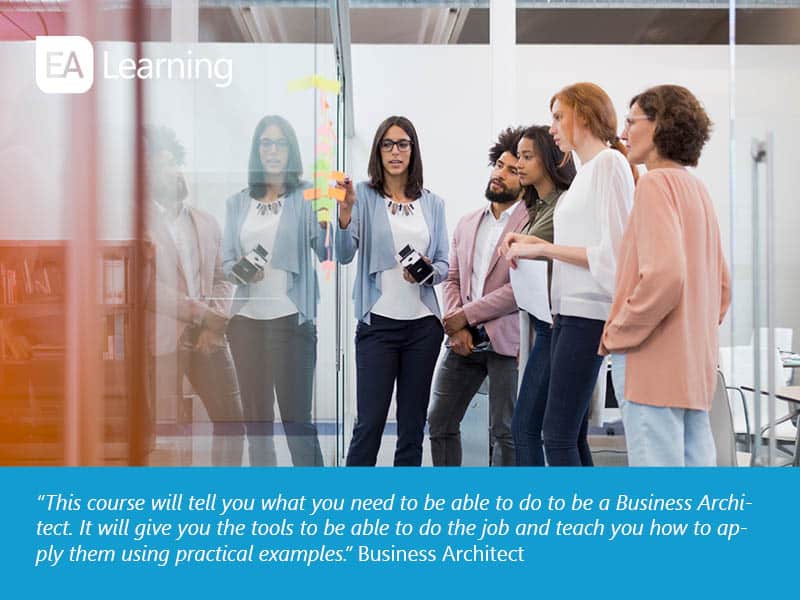
The Business Architecture Process
The business architecture process involves a series of steps that guide the development, implementation, and maintenance of a business architecture. This process is iterative, allowing for continuous refinement as the business evolves. Our instructors teach this process with an emphasis on adaptability, ensuring that our participants can tailor it to meet the unique needs of their organisations.
1. Understanding the Business Context
The first step in the business architecture process is to gain a deep understanding of the business context. This involves analysing the organisation’s strategy, goals, and objectives, as well as its operating environment. It is essential to identify the key drivers of the business, such as market trends, regulatory requirements, and competitive pressures, that will influence the architecture.
2. Defining the Architecture Vision
Once the business context is understood, the next step is to define the architecture vision. This vision serves as a guiding principle for the development of the architecture, ensuring that it aligns with the organisation’s strategic objectives. The architecture vision should be clear, concise, and communicated effectively to all stakeholders to gain their buy-in and support.
3. Developing the Business Architecture Models
Developing business architecture models is a critical step in the process. These models provide a visual representation of the organisation’s structure, including its processes, capabilities, information, and technology. Our instructors emphasise the importance of creating detailed and accurate models, as they form the foundation for all subsequent architecture activities.
Business architecture models can include a variety of different diagrams and representations, such as capability maps, process flows, and organisational charts. These models help to identify gaps, redundancies, and inefficiencies within the business, enabling architects to design solutions that address these issues.
4. Assessing Current State and Identifying Gaps
With the business architecture models in place, the next step is to assess the current state of the business and identify any gaps between the current state and the desired future state. This assessment involves a detailed analysis of the organisation’s processes, capabilities, and technology, as well as an evaluation of how well these elements support the business strategy.
Identifying gaps is a critical part of the business architecture process, as it highlights areas where improvements are needed. These gaps can be related to a variety of factors, such as misaligned processes, outdated technology, or insufficient capabilities. Once the gaps are identified, architects can develop targeted solutions to bridge them.
5. Designing the Target Architecture and Roadmap
Designing the target architecture and roadmap involves creating a detailed plan for how the organisation will move from its current state to the desired future state. This plan should include a roadmap for implementing the necessary changes, as well as a clear timeline and set of milestones for tracking progress.
The target architecture should be flexible and adaptable, allowing the organisation to respond to changes in the business environment. It should also be aligned with the organisation’s strategic objectives, ensuring that all elements of the business architecture work together to support the business’s goals.
6. Implementing and Governing the Architecture
Implementation is where the business architecture comes to life. This step involves executing the plan developed in the previous phase, including making the necessary changes to processes, capabilities, and technology. Effective governance is critical during this phase, as it ensures that the implementation stays on track and that any issues are addressed promptly.
Our instructors teach the importance of continuous monitoring and governance throughout the implementation phase. This involves tracking progress against the plan, managing risks, and making adjustments as needed to ensure that the architecture is implemented successfully.
7. Managing Change and Continuous Improvement
The final step in the business architecture process is to manage change and continuously improve the architecture. This involves monitoring the performance of the architecture, making adjustments as needed, and ensuring that it continues to align with the organisation’s strategic objectives.
Continuous improvement is essential in business architecture, as it allows the organisation to adapt to changes in the business environment and stay ahead of the competition. By regularly reviewing and refining the architecture, businesses can ensure that it remains relevant and effective over time.
Business Architecture Examples
Real-world examples of business architecture frameworks provide valuable insights into how different organisations have successfully implemented these structures. For instance:
- Large Multinational Corporations: Use business architecture frameworks to standardise processes across regions, ensuring consistency and efficiency. Capability maps highlight core competencies, while process flows show how these competencies are deployed.
- Smaller Organisations: Use these frameworks to streamline operations and improve agility. Models map key processes and information flows, identifying opportunities to leverage technology for efficiency and cost reduction.
We incorporate these real-world examples into our training programs, helping participants understand how to apply these frameworks in their own organisations. By studying these examples, participants learn best practices and how to avoid common pitfalls.
The Role of Enterprise Architecture Frameworks
While Business Architecture Frameworks focus on the business aspects of an organisation, Enterprise Architecture (EA) Frameworks take a broader view, encompassing IT infrastructure, applications, and data. These frameworks manage the complexity of large organisations, ensuring all elements support the business’s goals.
One of the most widely used EA frameworks is TOGAF® (The Open Group Architecture Framework). TOGAF® provides a detailed methodology for developing and managing the lifecycle of an enterprise architecture, including the business architecture component. It is adaptable to various organisational needs, making it a valuable tool for managing complexity.
Connecting Business Architecture with Your Organisation’s Needs
Businesses often search for solutions to align strategy with execution effectively. Our courses are designed to meet these needs, offering practical skills that professionals can apply directly to their roles. Whether you are looking to master TOGAF® standards, develop a business architecture framework, or apply these principles to real-world challenges, our courses provide the tools you need to succeed.
- TOGAF® EA Foundation and Practitioner Courses: Ideal for those seeking a comprehensive understanding of enterprise architecture, including business architecture components.
- TOGAF® Business Architecture Foundation Course: Focuses on the business-specific aspects of TOGAF®, equipping you with the skills to apply business architecture within the broader TOGAF® framework.
- Applied Business Architecture Course: EA Learning’s proprietary course, designed to hone in on business architecture and ensure you can apply these principles effectively in your workplace.
Enquire to Learn More
We are committed to teaching professionals how to develop and implement both business and enterprise architecture frameworks effectively. Our courses are designed to provide you with a deep understanding of the architecture process and the skills needed to create and maintain robust frameworks that drive business success.
Whether you need to develop a new business architecture from scratch or refine an existing framework, our training programs will help you achieve your goals. Enquire today to learn more about our expertise and how we can empower you to drive meaningful change within your organisation, ensuring that your architecture is aligned with your business strategies and adaptable to the ever-changing business environment.


